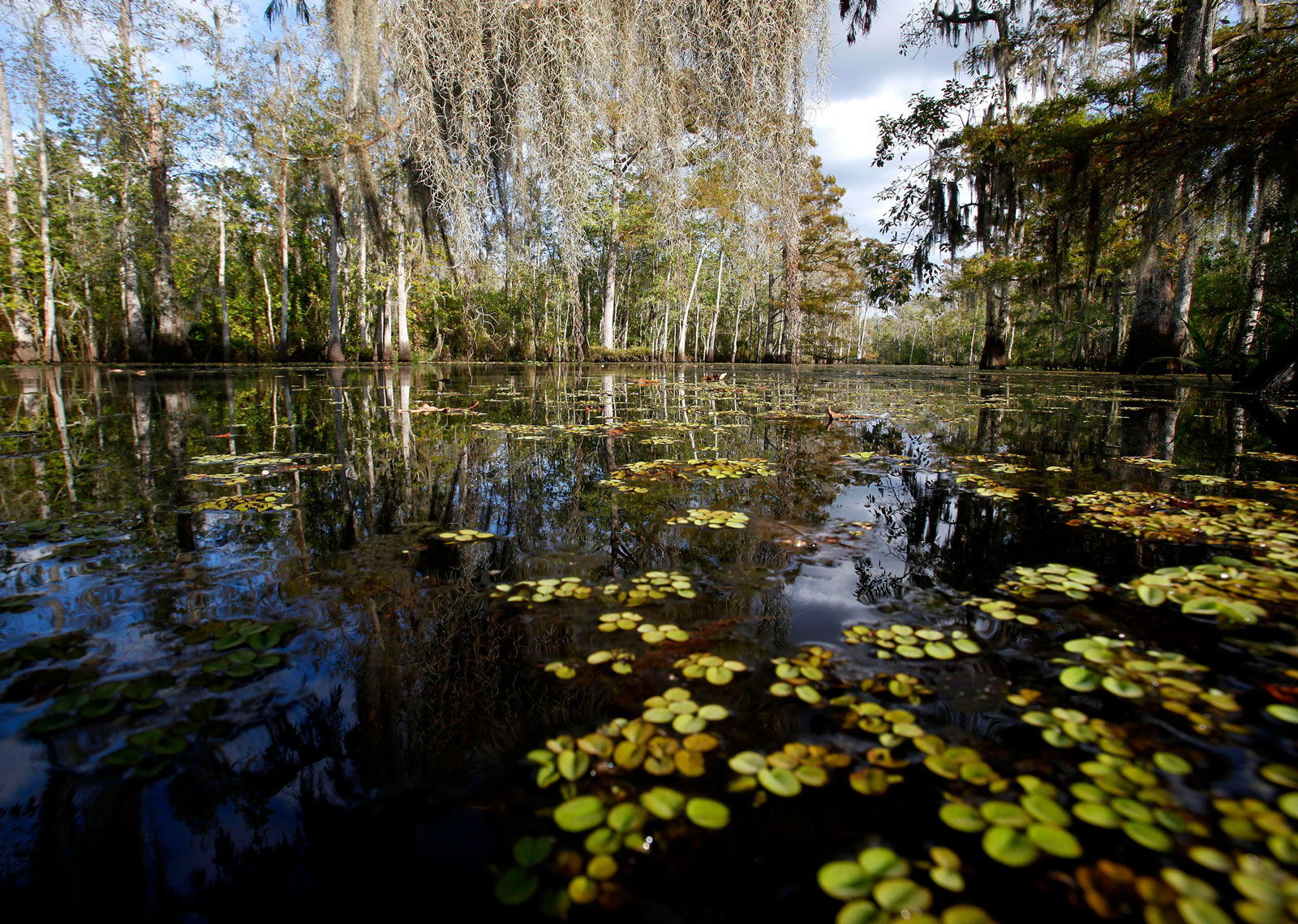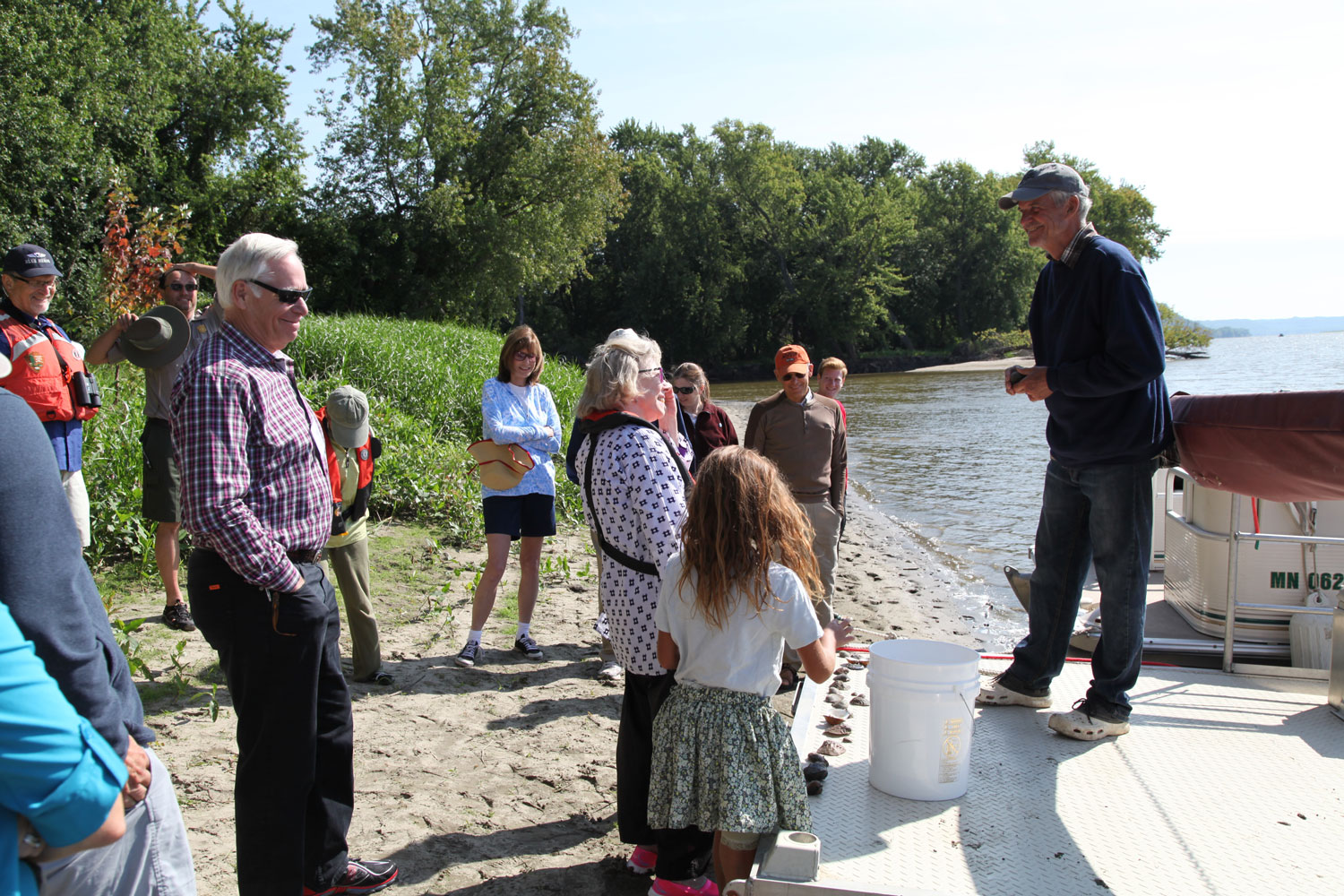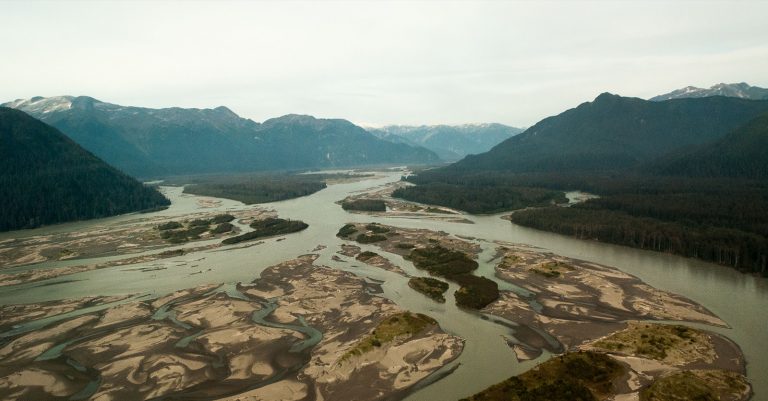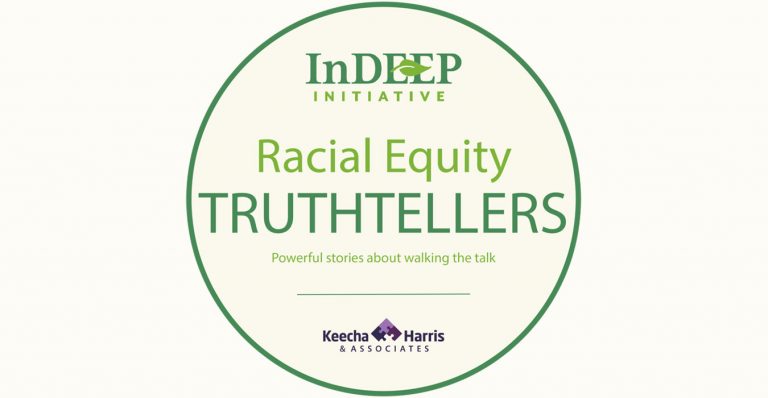Reflections on 27 Years of Funding
The McKnight Foundation’s board of directors has sustained an impressive 27-year commitment to protecting the Mississippi River and the Gulf of Mexico. That commitment was a recognition of the river’s extraordinary history as a focus of community, culture, food production, and transportation for millennia. The river has been, and continues to be, sacred for many.
American culture sometimes falls short in honoring the sacred. That became painfully apparent 50 years ago when the Cuyahoga River caught fire in Cleveland. The incident exposed the terrible state of America’s rivers and became a joke on late-night TV. The June 1969 fire started when sparks from a train crossing a bridge ignited oil-slicked industrial waste in the river below. It wasn’t the first time the Cuyahoga River had burned. It was, however, the last.

Background
The 1969 fire stoked a growing national environmental movement that spurred the creation of the Environmental Protection Agency in 1970 and the passage of the Clean Water Act in 1973. The Clean Water Act (CWA) did a remarkable job of using regulation and financial incentives to address point sources of pollution—factories and sewage plants. The Mississippi River program, which McKnight established in 1992, supported efforts to pressure the federal and state governments to enforce the CWA.
The early success in cleaning up our nation’s waters brought us to this current, more vexing stage in river restoration. The most significant challenge to river health now is the millions of acres of farmland that change the natural flows of water on the landscape. Instead of slowly percolating through prairie soils and mitigating pollutants in wetlands, the rainfall on agricultural land is often drained and ditched, carrying sediment and agricultural chemicals with it.
Over the past several years McKnight’s primary focus has turned to addressing this root cause of pollution: an agricultural system and policies that have driven the Midwest into a landscape dominated by chemically intensive short-rooted row crops like corn and soybeans. We have found that the greatest opportunity for soil and water protection relies on unleashing farmer ingenuity and supporting policy and market forces that reward sustainable practices. The program has focused recent investments on policy advocacy and farmer outreach, and on building public will and influencing corporate procurement, in order to prioritize sustainable agricultural practices in the supply chains.
“We are grateful to the McKnight board for the 27 years of river conservation support, and we deeply appreciate the passion and commitment of the hundreds of individuals and organizations that have partnered with McKnight to improve Midwest soil and water, the Mississippi River, and the Gulf of Mexico.”–MARK MULLER, MISSISSIPPI RIVER PROGRAM DIRECTOR
These efforts are paying off. Cities up and down the river have re-embraced riverfront development, and I still pause in awe at the sight of a bald eagle circling the river adjacent to the McKnight office. Soil health has become one of the hottest topics in agriculture, and farmers are embracing conservation practices with a new passion. Consumers are demanding more water sustainability practices, and agricultural companies in the supply chain are complying.
New Priorities, New Direction
While I am proud of McKnight’s Mississippi River program focus, I take pride, too, in the Foundation’s commitment to prioritizing pressing social concerns through its new Strategic Framework. McKnight’s board of directors has had to make several difficult decisions as a result of the refocusing of the organization’s philanthropic strategies.
As part of that process, the board recently decided to sunset the Mississippi River program; this November will mark the program’s final docket of new grants. Over the next several months, McKnight staff will be providing grant increases and easing the transition for grantees. We also intend to celebrate the 27 years of extraordinary accomplishments by grantees and partners, and to express gratitude for the many long-standing partnerships.

Moving Forward
The Mississippi River and Midwest agriculture are in a far different place than 27 years ago.
But we know there is more to be done. There’s no question that improving agricultural land-use practices can reduce greenhouse gas emissions and help farmers adapt to a changing climate, as underscored by a recent report from the International Panel on Climate Change.
McKnight’s Mississippi River grantees may apply for grants under the expanded Midwest Climate & Energy program or the new community-focused program if they fit the guidelines, which will be announced in fall 2020.
We will say more as process decisions are made about sunsetting the Mississippi River program. For example, we have a trove of valuable grantee insights on what has worked and what has not for driving greater soil and water conservation. We intend to compile these insights as a way of supporting continued work that advances Mississippi River health.
Julia, Sam, and I look forward to working with grantees and partners to facilitate as smooth a transition as possible. We are grateful to the McKnight board for the 27 years of river conservation support, and we deeply appreciate the passion and commitment of the hundreds of individuals and organizations that have partnered with McKnight to improve Midwest soil and water, the Mississippi River, and the Gulf of Mexico.


